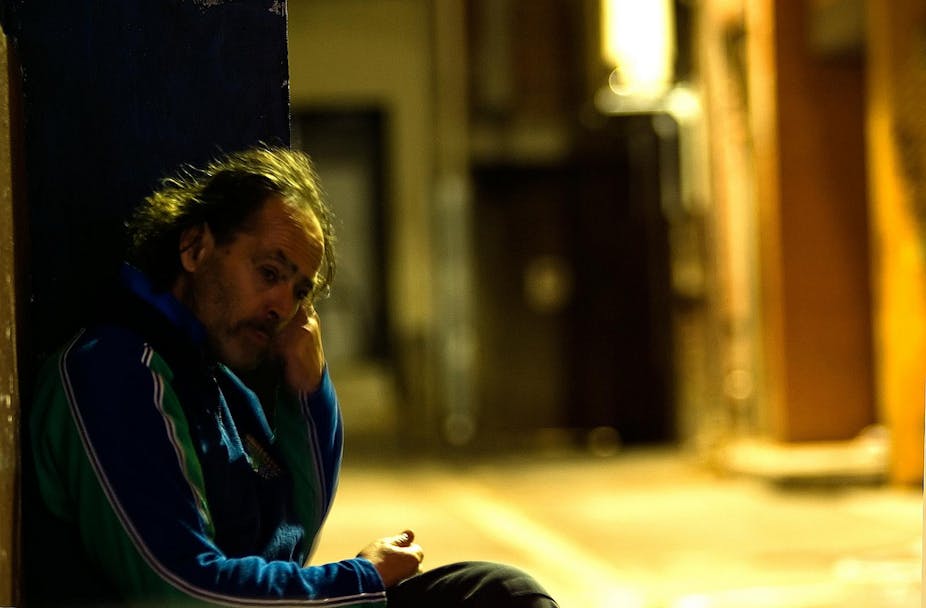Over two million Australians are currently living in poverty, according to a report released yesterday by Australian Council of Social Service (ACOSS). Dr Cassandra Goldie of ACOSS says that it is a “national disgrace” that poverty has increased in Australia despite 20 years of economic growth. Her sentiment is backed up by statements by the Social Justice Fund and the St Vincent de Paul Society, who describe the situation as “shameful, and by representatives of other prominent charity and social groups.
The implication that one in every eight Australians is deprived of basic needs, and that the living standards of these people have remained static or gone backwards over a decade, is certainly shameful. More so in a wealthy and fast-growing economy like Australia. Such a finding is surely a condemnation of our social welfare state and the suite of social welfare transfers, from unemployment benefits through to Medicare.
It would be shameful if it were true. But how can it be? How can poverty be increasing in spite of all the growth?
The answer is that it’s not. Specifically when this ACOSS report refers to "poverty”, it means something quite different from what the average reader might think.
For example, one might think that if every Australian’s real income increased by the same amount, then poverty would go down. According to ACOSS, you would be wrong. Using the definition of poverty in their report, if everyone became richer, “poverty” would stay exactly the same.
This is because the study defines those in poverty as anyone whose income is less than half the median income in Australia. This concept of poverty is relative. Everyone can get richer, but those who are the least rich are classified as being in “poverty”.
With this type of relative poverty measure there will always be some people in poverty, even if they are filthy rich in real terms. Indeed, the only way to eliminate “relative poverty” is for everyone to have the same income.
“Relative poverty” is a useful concept if it used carefully. The report itself, prepared by the Social Policy Research Center at UNSW, is well reasoned and informative profile of those in the lowest income groups. But the media statements claiming “national shame and disgrace” are reckless. It’s a sham to cry “shame” when the concept of poverty used means that there must always be poverty by definition.
What matters is whether the poorest have become better off in absolute terms. In a fast-growing economy, everyone can become richer. It may be that the rich have experienced more income growth than the poor. But nothing in the report suggests that the lowest income group hasn’t shared in the remarkable 20% growth in real incomes that Australia has experienced over the last decade. Likewise, nothing in the report suggests that living standards have declined for the poor.
That is not to say there isn’t real absolute poverty in Australia. There is. Moreover it may well be increasing. We simply can’t tell from the ACOSS study.
Poverty is a serious issue and deserves to be studied and fought with targeted and efficient policies. It is shameful to ignore it. But there is no virtue in exaggerating it.
Currently, around 7% of GDP is spent on income support programmes and transfer payments account for more than a quarter of Australian government spending. It is imperative that this money reaches the right people through understanding who the most needy are and why. Fudging the facts about poverty does not help the poor.

